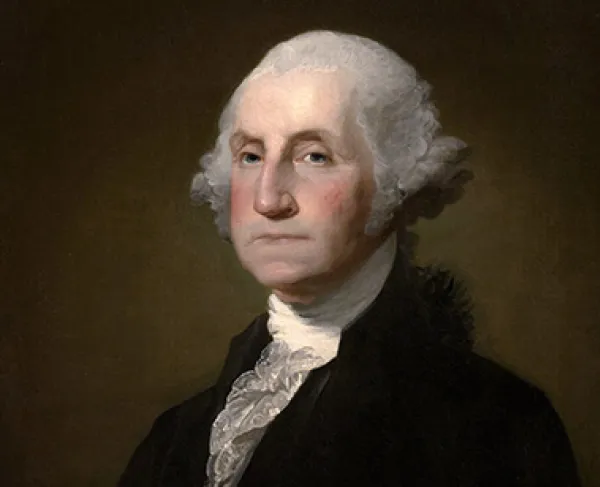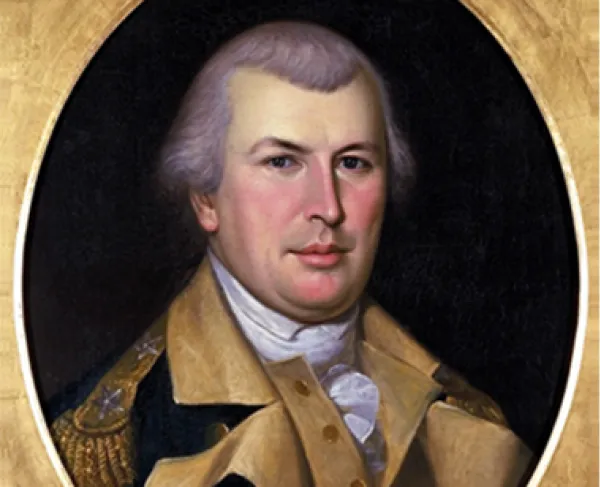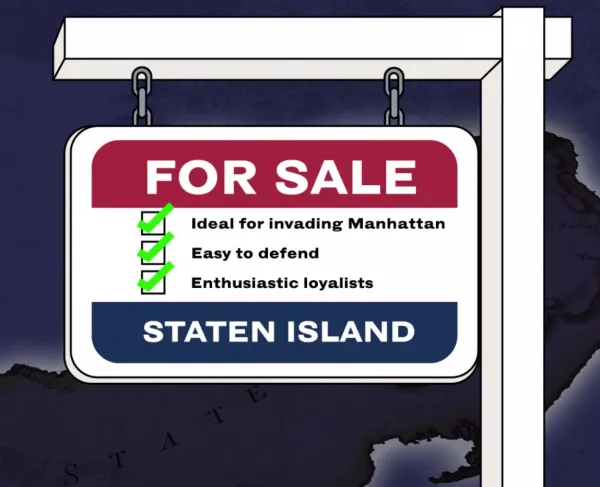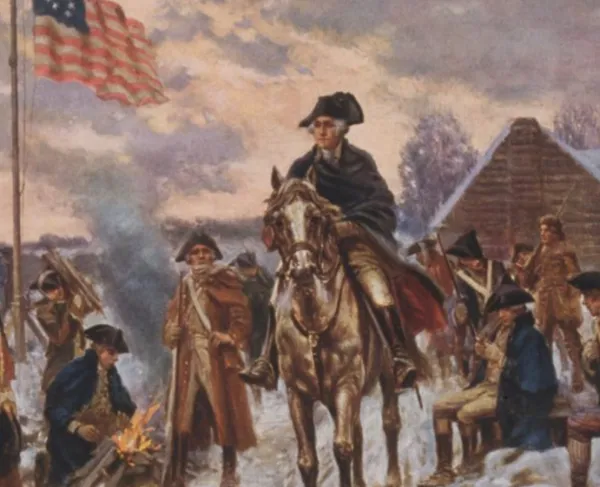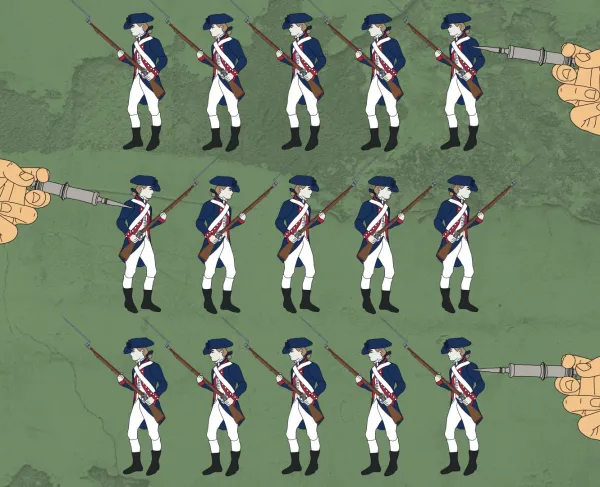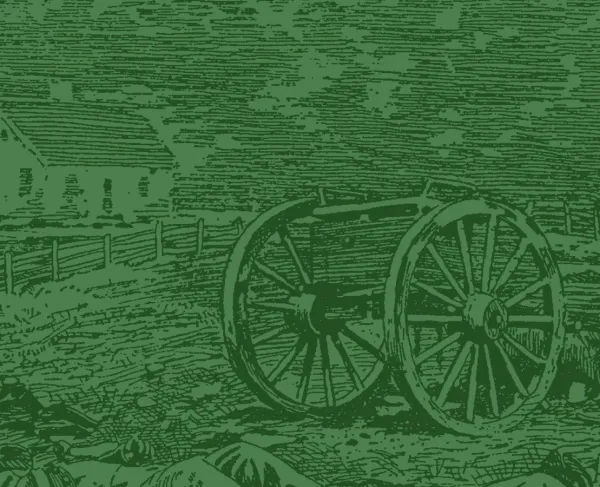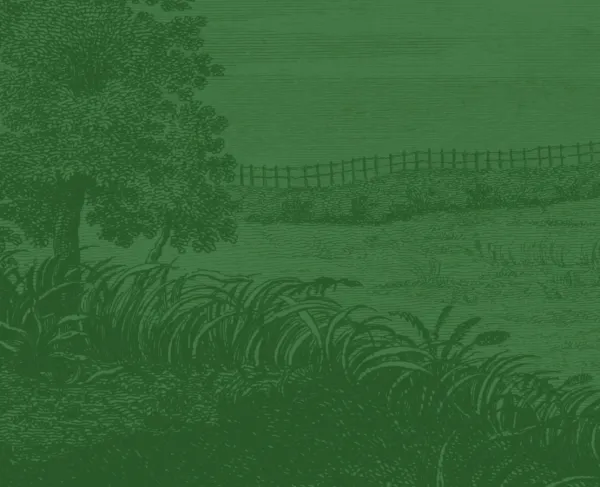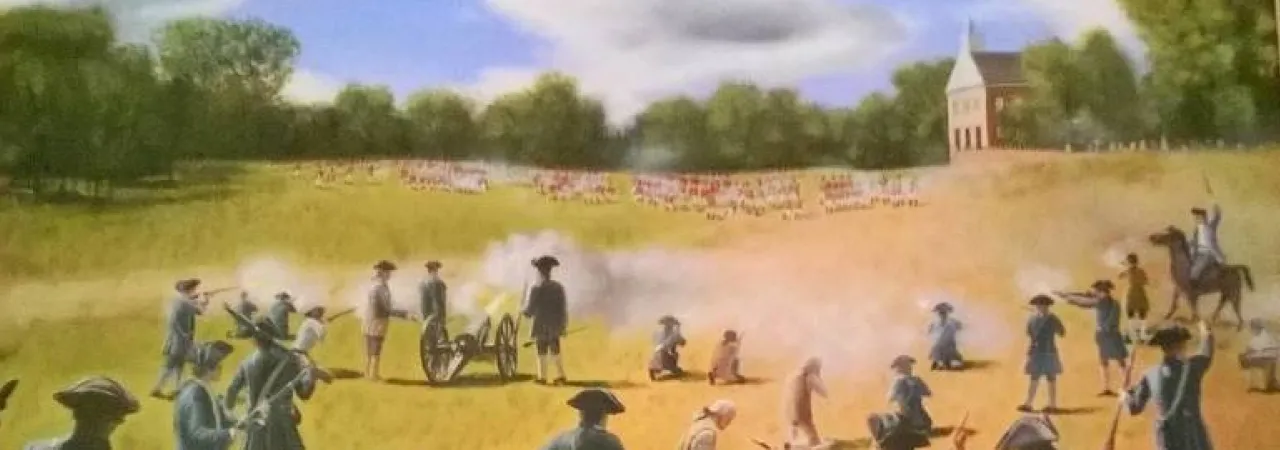
Larry Felder’s depiction of the Battle of Connecticut Farms on display at the Caldwell Parsonage, 909 Caldwell Avenue, Union
Connecticut Farms and Springfield
New Jersey | Jun 7 - 23, 1780
How it ended
American Victory. The force Lt. Gen. Wilhelm von Knyphausen commanded achieved very little during this small foray in eastern New Jersey. It was a waste of men, resources and despite a hard winter in Morristown, it showed the British that the depleted Continental Army and Patriot militias were still formidable. The British and Hessian troops fought well, but their officers turned in a poor performance. On the contrary, American Maj. Gen. Nathanael Greene showed great battlefield knowledge, the ability to focus on protecting the important Hobart’s Gap and utilizing militia and Continental forces together. This would come into play when he took over Continental forces in the South later in the conflict.
In Context
The 1779-80 winter encampment at Morristown was not easy for Gen. George Washington and the Continental Army. It was one of the coldest and brutal winters recorded in the United States – much worse than Valley Forge. Washington’s troops, around 10,000, suffered the same problems at Valley Forge; a lack of food, warm clothing, and basic essentials. The commander-in-chief was waiting for the French fleet under Comte de Rochambeau to arrive and was desperate to bring the war to a quick close. Washington wanted to take New York City with the use of the French Navy, but did not know where or when his allies would arrive.
Meanwhile, the British strategy changed since the French entered the war. Lt. Gen. Sir Henry Clinton, commander-in-chief of the British forces in North America, began his conquest of the southern colonies and took Charleston in May 1780. In his absence, he put his deputy Lt. Gen. Wilhelm von Knyphausen in command of New York City and the surrounding area. In June 1780, while Clinton was on his return trip from Charleston, Knyphausen decided it was a good time to move against Washington at Morristown.
With the fighting season of 1780 emerging, numerous reports reached the British leaders in New York that Washington’s army was falling apart and New Jersey was ripe for the taking. General Knyphausen designated a strike force of about 6,000 men in three attack and two reserve divisions. Ferrying on multiple types of craft from Staten Island, they landed at Elizabethtown Point in eastern New Jersey. The German general planned to capture Elizabethtown and Springfield, then regroup and push to Hobart Gap and Washington's encampment. Almost immediately the British column faced problems, including losing a top commander during an early skirmish with a Continental party.
5,000
6,000
June 7. With the Continentals outnumbered, Brig. Gen. William Maxwell went to the countryside to raise militia forces to bolster his ranks and ordered his men to pull back from Elizabethtown to Connecticut Farms. Col. Elis Dayton took command of a force to slow the British advance and did so for nearly three hours until British reinforcements arrived. Maxwell, now in the area with his mixed force of Continentals and militia, received the British advance on Connecticut Farms. The British pushed the Americans through the small village and towards Springfield. The victors then plundered the village and set fire to homes, as well as killing several civilians. After encountering stiff Continental resistance, Knyphausen realizing his plan was foiled, pulled his forces back to Elizabethtown Point.
June 23. Henry Clinton returned from Charleston, and he and Knyphausen decided upon another attempt at Hobart Gap and Morristown. The plan was two pronged – one British column would advance through Connecticut Farms and Springfield while another would take Vauxhall Road via the Galloping Hill Road. Both columns would then head for Hobart Gap. Clinton hoped that Washington would bring out his army, as another British force sailed up the Hudson to march south, hopefully trapping the Continentals.
Meanwhile, Washington gave operational control to Maj. Gen. Nathanael Greene. Greene’s force consisted of around 1,500 Continental Regulars and an undetermined amount of militia. As the fighting began in the morning, the British vanguard overwhelmed American posts at Elizabethtown. Maxwell fell back with his force to Connecticut Farms while Elias Dayton and Henry Lee’s forces were sent to guard Galloping Hill Road.
Lt. Col. John Simcoe’s Loyalist Queen’s Rangers soon captured Connecticut Farms. Knyphausen then diverted most of his troops towards Galloping Hill Road, with the hope of taking a bridge over the Rahway River. Greene, however, previously ordered the destruction of the bridge. About to be encircled, Greene ordered a withdrawal to the Vauxhall Road. Here, Brig. Gen. Edward Mathew was directed by Knyphausen to take the Vauxhall Bridge. Mathew made progress but was impeded by Lee’s fighting retreat as well as reinforcements of Continentals and militia. Mathew decided to withdraw to Galloping Hill Road due to fear of being encircled himself.
After rejoining Knyphausen in Springfield, Mathew received orders to and eventually captured Springfield Heights. Unable to clear a path to Hobart Gap and with the numbers of Patriot militia increasing in his front, Knyphausen called off the attack. As the two columns withdrew, they were harassed by the Patriot militia. At midnight on June 23rd, Knyphausen led his troops back to Staten Island.
174
332
The Battles of Connecticut Farms and Springfield were small but at the same time significant. It proved that New Jersey militia would stubbornly oppose any attempt by the British to move inland. The battles also showed that militia and Continental regular troops could work well together.
The most important outcome was the officers' conduct on both sides. British and Hessian troops fought well, but their officers – from Knyphausen and Clinton to the lower ranks – performed poorly. William Maxwell, Henry Lee, and Elias Dayton, however, conducted themselves admirably, Nathanael Greene in particular. Greene proved his ability to focus on the overall objective and utilized both Continental and militia forces. These battles were almost a rehearsal for what Greene would face when Washington appointed him to command the Southern Department later that year.
The British wanted to take Morristown because it would essentially break up Washington's army. If Knyphausen had succeeded in capturing Hobart Gap, he would have an easy march to Morristown. There, he may have overwhelmed the Continental Army, capturing supplies, men and possibly ending the war quicker.
Connecticut Farms and Springfield: Featured Resources
All battles of the New York and New Jersey Campaign
Related Battles
5,000
6,000
174
332
